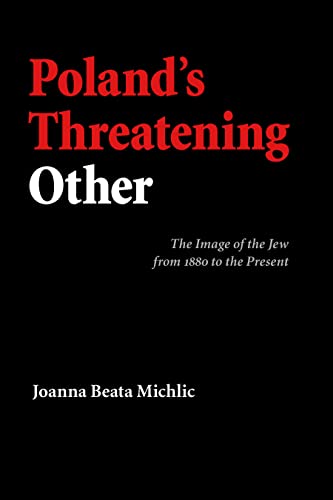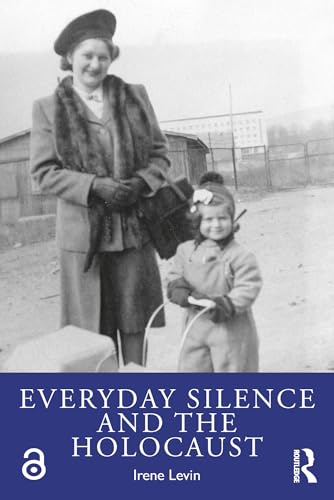
Poland's Threatening Other
by Joanna B. Michlic
"The Image of the Jew from 1880 to the Present"
Popularity
0.72 / 5
* A book's popularity is determined by how it compares to all other books on this website.
Where to buy?
Buy from Amazon* If you buy this book through the link above, we may receive a small commission at no extra cost to you.
Poland's Threatening Other by Joanna B. Michlic
Details
Perspective:
Researcher
Biography:
No
Region:
Europe
Page Count:
410
Published Date:
2006
ISBN13:
9780803232402
Description
Brief Summary
Poland's Threatening Other by Joanna B. Michlic is a thorough exploration of the historical and social dynamics between Polish and Jewish communities. The book interrogates the long-standing myth of Jews as the primary 'threatening other' within Polish society, unpacking the prejudices and stereotypes that have shaped these relations. Michlic provides a detailed analysis of how these perceptions have influenced Polish culture and national identity, offering readers a comprehensive understanding of the complex and fraught history of Polish-Jewish interactions.
Main Themes and Topics
The central theme of Poland's Threatening Other revolves around the concept of the Jew as an internal 'threat' within Polish society, perceived to be detrimental to the nation's well-being. Joanna B. Michlic delves into the theoretical underpinnings of this perception, examining the roots and evolution of anti-Jewish prejudices in Poland. The book also looks at the wider implications of these sentiments on Polish society and culture, highlighting how such prejudices have been ingrained and perpetuated across generations. Another significant focus of the book is the impact of these historical antagonisms on the national identity and social dynamics of modern Poland.
Writing Style and Tone
Joanna B. Michlic adopts an academic and analytical tone throughout the book, making use of substantial historical evidence and theoretical frameworks to support her arguments. While the book deals with complex and sensitive issues, Michlic's writing is clear and accessible, ensuring that readers can follow the intricacies of Polish-Jewish relations without difficulty. Her style is methodical and meticulous, reflecting the seriousness of the subject matter and her dedication to uncovering the underlying causes of long-standing stereotypes and prejudices.
Criticism
Some readers might find the book's academic approach and dense theoretical analysis challenging, especially if they are not familiar with historical or sociological methods. Additionally, the focus on Polish-Jewish relations from a predominantly historical perspective may limit the exploration of contemporary implications, though this is not necessarily a flaw given the book's primary focus on historical dynamics.









